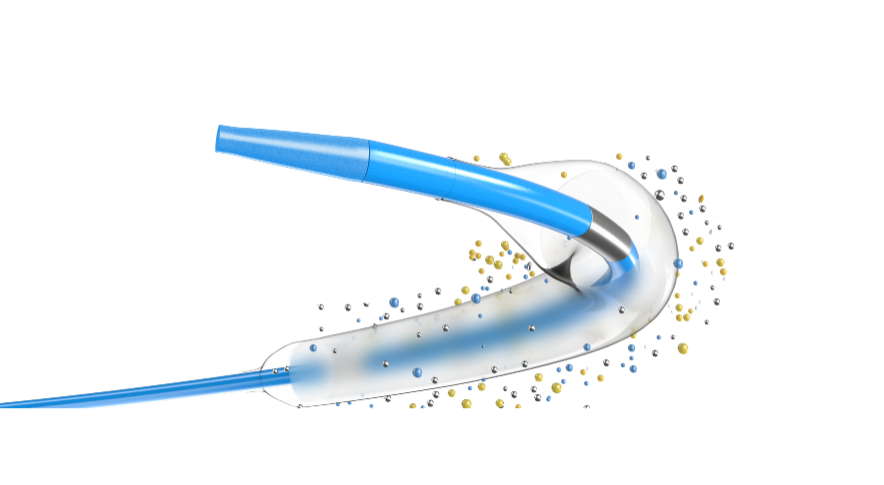A Comprehensive Guide to Understanding Peripheral Catheters
When it comes to vascular access, peripheral catheters are essential tools in modern medical practices. As part of our commitment to quality healthcare, Shunmei Medical offers high-quality medical catheter supplies designed to meet the diverse needs of healthcare professionals. In this article, we will explore the types, benefits, and innovations surrounding peripheral catheters, highlighting our advanced products, including the OTW balloon catheter.

Definition of Peripheral Catheters
A peripheral catheter is a thin, flexible tube inserted into a peripheral vein to administer medications, fluids, or blood products. These catheters play a crucial role in various medical procedures, particularly in outpatient settings and short-term hospital stays. The ease of use and minimal discomfort associated with peripheral catheters make them a preferred choice for healthcare providers.
Benefits of Using Peripheral Catheters
One of the primary advantages of peripheral catheters is their ease of insertion. They can be easily placed in veins, often without the need for extensive training, allowing healthcare professionals to provide immediate care to patients in need. Additionally, these catheters generally carry a lower risk of serious complications, such as infections and thrombosis, when compared to central lines. With proper technique and maintenance, the incidence of adverse events can be significantly minimized. Their versatility also allows them to be used for various applications, from administering IV fluids to delivering medications like antibiotics, making them a vital component of our medical catheter supplies.
Innovations in Catheter Design
At Shunmei Medical, we understand the importance of innovation in healthcare. Our OTw balloon catheter is a prime example of how modern technology can enhance the functionality of peripheral catheters. This catheter utilizes a 0.018" guidewire, ensuring smooth navigation through the vascular system. Constructed from Pebax, a semi-compliant material, the catheter provides flexibility while maintaining the necessary rigidity for effective insertion. The nominal pressure is set at 6 atm, with a rated burst pressure of 14 atm, ensuring durability and reliability during use. With a minimum introduction outside diameter of just 0.022" and an apared tip, the OTw catheter is designed for minimal trauma during insertion.
Best Practices for Peripheral Catheters
To maximize the effectiveness of peripheral catheters, healthcare providers should adhere to best practices. Proper site selection is critical; choosing an appropriate vein that is accessible and has good blood flow can significantly impact outcomes. Using sterile techniques during insertion and maintenance is essential to reduce the risk of infection. Additionally, regular monitoring of the catheter site for signs of complications, such as redness, swelling, or pain, ensures timely intervention and enhances patient safety.
Conclusion
In summary, peripheral catheters are a crucial part of modern medical practices, providing essential vascular access for various treatments. With products like our OTW balloon catheter, Shunmei Medical is proud to supply healthcare providers with innovative medical catheter supplies that enhance patient care. By understanding the benefits and best practices associated with peripheral catheters, we can ensure safer and more effective treatments for patients across the healthcare spectrum. For more information about our products, please visit our website or contact our customer service team.


